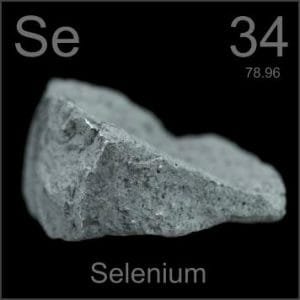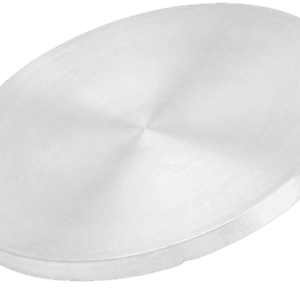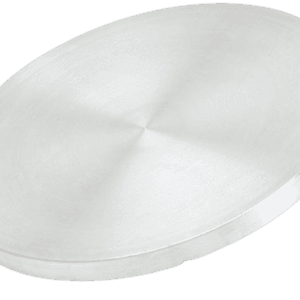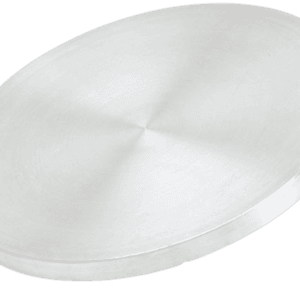Lead Selenide Sputtering Target Description
A Lead Selenide Sputtering Target is a type of ceramic material composed of lead and selenium, used in sputtering processes. This target is typically employed in thin film deposition and various specialized applications due to the unique properties of the lead-selenium combination.
 Lead, also known by its Latin name “plumbum,” is a chemical element with the symbol “Pb” and an atomic number of 82. The name “lead” comes from the Anglo-Saxon word for the metal. Lead has been used since 7000 BC and was discovered by people from the Near East. It is located in Period 6 and Group 14 of the periodic table, belonging to the p-block elements. The relative atomic mass of lead is approximately 207.2 Daltons, with the number in parentheses indicating a margin of uncertainty.
Lead, also known by its Latin name “plumbum,” is a chemical element with the symbol “Pb” and an atomic number of 82. The name “lead” comes from the Anglo-Saxon word for the metal. Lead has been used since 7000 BC and was discovered by people from the Near East. It is located in Period 6 and Group 14 of the periodic table, belonging to the p-block elements. The relative atomic mass of lead is approximately 207.2 Daltons, with the number in parentheses indicating a margin of uncertainty.
Related Product: Lead Sputtering Target
 Selenium is a chemical element with the symbol “Se” and an atomic number of 34. The name “selenium” is derived from the Greek word ‘selene,’ meaning moon. It was first mentioned in 1817 and observed by Jöns Jacob Berzelius and Johan Gottlieb Gahn, who also accomplished and announced its isolation. Selenium is located in Period 4 and Group 16 of the periodic table, classified within the p-block elements. Its relative atomic mass is approximately 78.96 Daltons, with the number in parentheses indicating a margin of uncertainty.
Selenium is a chemical element with the symbol “Se” and an atomic number of 34. The name “selenium” is derived from the Greek word ‘selene,’ meaning moon. It was first mentioned in 1817 and observed by Jöns Jacob Berzelius and Johan Gottlieb Gahn, who also accomplished and announced its isolation. Selenium is located in Period 4 and Group 16 of the periodic table, classified within the p-block elements. Its relative atomic mass is approximately 78.96 Daltons, with the number in parentheses indicating a margin of uncertainty.
Related Product: Selenium Sputtering Target
Lead Selenide Sputtering Target Specification
| Compound Formula | PbSe |
| CAS No. | 12069-00-0 |
| Appearance | Gray solid |
| Density | 8.1 g/cm3 (25 °C) |
| Melting Point | 1065-1078 °C |
| Available Sizes | Dia.: 1.0″, 2.0″, 3.0″, 4.0″, 5.0″, 6.0″ Thick: 0.125″, 0.250″ |
Lead Selenide Sputtering Target Application
The Lead Selenide Sputtering Target is utilized in various applications, including thin film deposition and decorative coatings. It is commonly employed in the semiconductor industry, display technologies, and the production of LEDs and photovoltaic devices. Additionally, this material is significant for functional coatings, the optical information storage industry, glass coatings for automotive and architectural glass, and optical communication technologies.
Lead Selenide Sputtering Target Packing
Our Lead Selenide Sputtering Targets are meticulously tagged and labeled externally to ensure efficient identification and maintain stringent quality control standards. We take extensive precautions to prevent any potential damage during storage and transportation, ensuring the targets arrive in perfect condition.





Reviews
There are no reviews yet.